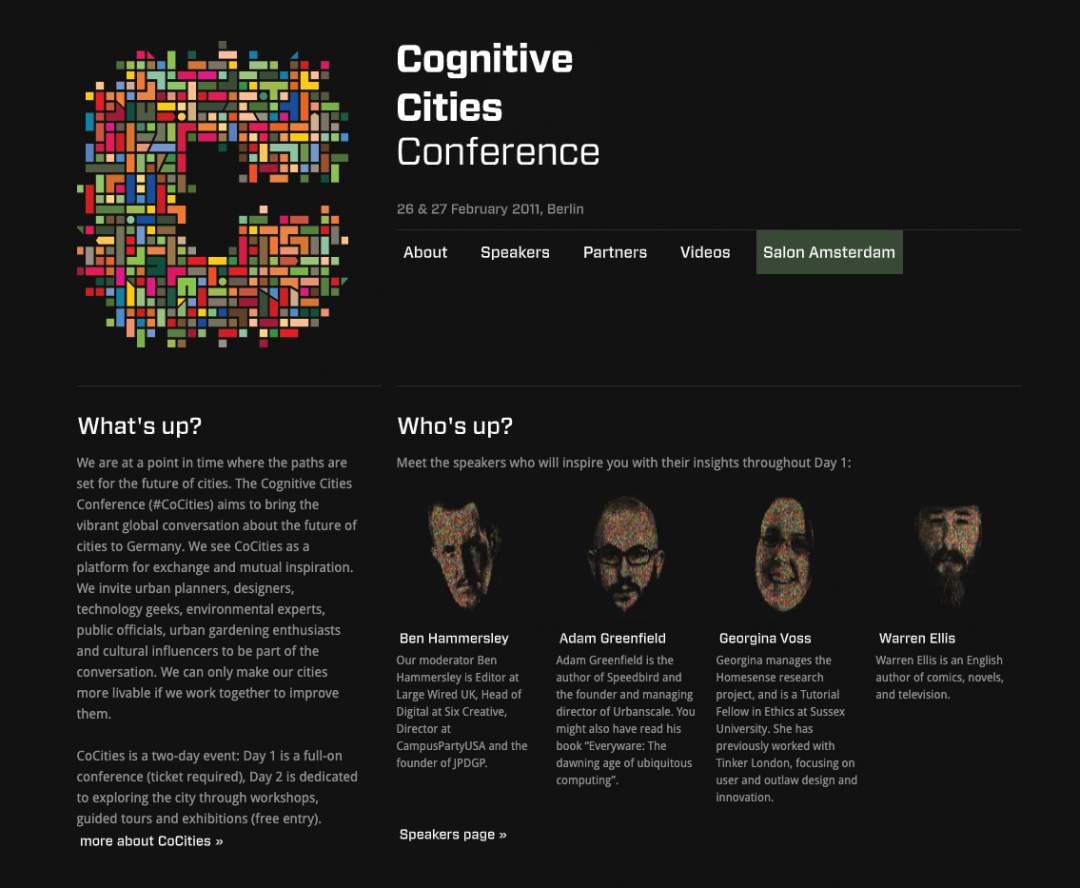This article is part of 20in20, a series of 20 blog posts in 20 days to kick off the blogging year 2020. This is 20in20:04.
It’s a common approach for making (business, policy…) decision by performing a cost-benefit analysis of some sort. Sometimes this is done via a rigorous process, sometimes it’s ballparked — and depending on the context, that’s OK.
One thing is pretty constant: In a cost-benefit analysis you traditionally work on the basis of reasonably expected costs and reasonably expected benefits. If the benefits outweigh the costs, green light.
Now, I’d argue that for data-driven infrastructure(-ish) projects, we need to set a higher bar.
By data-driven infrastructure I mean infrastructure(ish) things like digital platforms, smart city projects, etc. that collect data, process data, feed into or serve as AI or algorithmic decision-making (ADM) systems, etc. This may increasingly include what’s traditionally included under the umbrella of critical infrastructure but extends well beyond.
For this type of data-driven infrastructure (DDI), we need a different balance. Or, maybe even better, we need a more thorough understanding of what can be reasonably expected.
I argue that for DDI, guaranteed improvement must outweigh the worst case scenario risks.
If the last decade has shown us anything, it’s that data-driven infrastructure will be abused to its full potential.
From criminals to commercial and governmental actors, from legitimate and rogue, if there is valuable data then we’ll see strong interests in this honey pot of data. Hence, we need to assume at least some of those actors will get access to it. So whatever could happen when they do — which would differ dramatically depending on which types or which combination of types of actors does, obviously — is what we have to factor in. Also, the opportunity cost and expertise drain and newly introduced dependencies that come with vendor lock-in.
All of this — that level of failure — should be the new “reasonable” expectation on the cost side.
But in order to make semantic capture of the term “reasonable” a little bit harder, I’m proposing to be very explicit about what we mean by this:
So instead of “Let’s compare what happens if things go kinda-sorta OK on the benefit side and only go kinda-sorta wrong on the cost side”, let’s say “the absolutely guaranteed improvements on the benefit side must significantly outweigh the worst case failure modes on the costs side.”
For DDI, let’s work with aggressive-pessimistic scenarios for the costs/risk side, and conservative scenarios for the benefit side. The more critical the infrastructure, the more thorough we need to be.
That should make for a much more interesting debate, and certainly for more insightful scenario planning.

